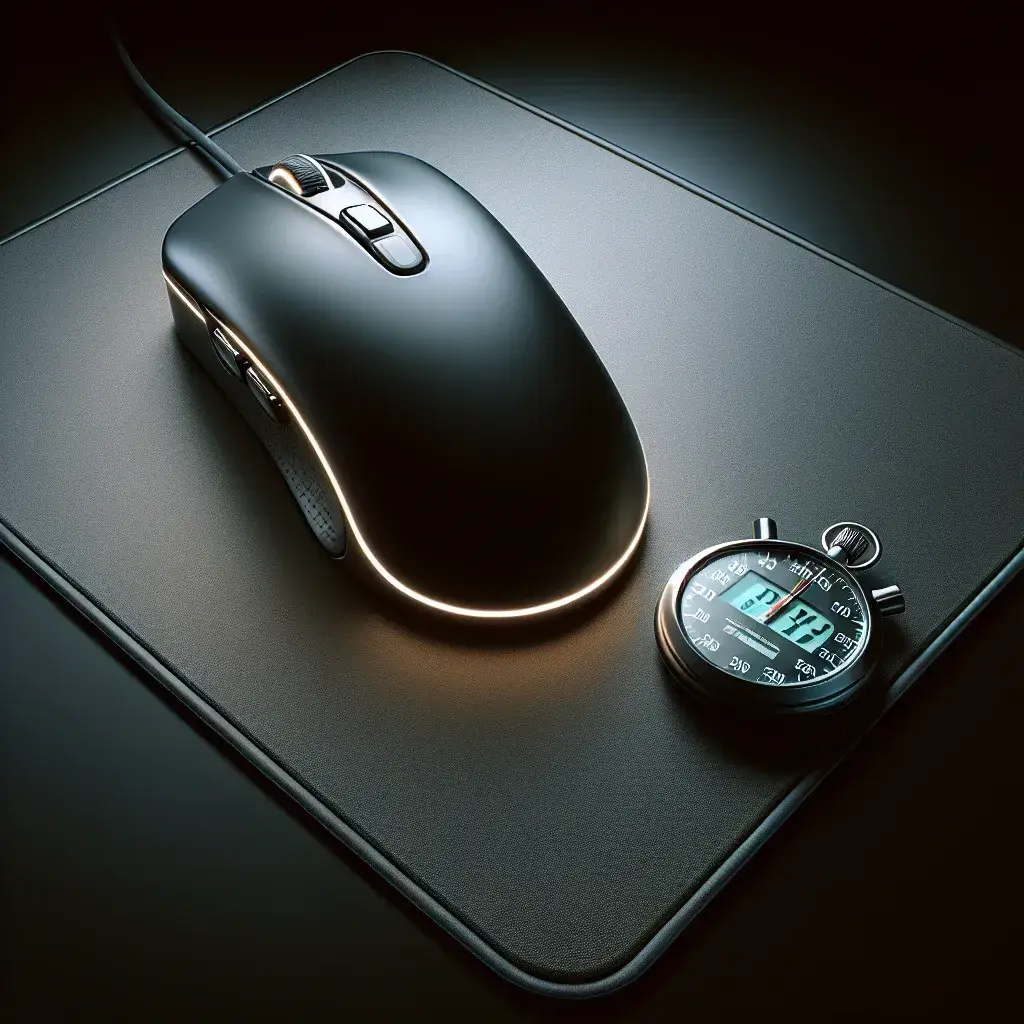Do Mouse Pads Impact Response Time?
Introduction
In an era where precision and speed define success in both gaming and professional environments, the question arises: do mouse pads impact response time? This article delves into the impact of various mouse pad surfaces, materials, and designs on the performance of optical and laser mice, comparing how each might influence response time and overall user experience.
Understanding Mouse Pads
Mouse pads serve more than just a decorative purpose. They provide a suitable surface for mouse sensors, facilitate smooth movement, and enhance user comfort. Different mouse pads can significantly alter the performance of a mouse due to the factors listed below:
- Surface Material: Different materials create varying levels of friction.
- Thickness: The height and texture of the pad impact how the mouse glides.
- Size: Larger mouse pads allow for broader movements, which can be critical for gaming.
Mouse Pad Characteristics
A comparison of various mouse pad characteristics is crucial for understanding their influence on response time:
| Characteristic | Impact on Response Time |
|---|---|
| Surface Material | Affects the amount of friction the mouse experiences. Smooth surfaces typically allow for faster movements. |
| Texture | Different textures can alter how accurately the mouse tracks movement, which may impact response time. |
| Thickness | Thicker pads can absorb more mouse movements, potentially slowing down response times. |
| Design | Ergonomically designed pads enhance user comfort, aiding in sustained performance levels. |
The Science Behind Mouse Pad Impact
Mouse response time is defined as the time it takes for the mouse to communicate the movement detected on the pad to the computer. Here’s how different elements can affect this:
Surface Material
Mouse pads come in various materials, primarily cloth, plastic, and metal. The type of surface affects friction coefficients:
- Cloth: Provides more friction, leading to slower response times but increased control.
- Plastic: Offers a balance between speed and control, generally preferred by gamers.
- Metal: Smooth and fast, ideal for rapid movements, but may lack in precision.
Mouse Sensor Types
Different mouse sensors also behave differently on various surfaces:
- Optical Sensors: These sensors require a textured surface to perform optimally. A cloth pad may be beneficial.
- Laser Sensors: More versatile, laser mice can function on a variety of surfaces, including glossy ones.
Impact on Gaming
For competitive gamers, every millisecond counts. Response times can depend heavily on the type of mouse pad used. Consider the following:
Control vs. Speed
Gamers often encounter a dilemma between a high-control mouse pad that provides traction and a high-speed pad that allows for quick flicks. This distinction is paramount:
- High-Control Pads: Great for precision games (like FPS), allowing for accurate aiming.
- High-Speed Pads: Beneficial for fast-paced games requiring swift maneuvers.
The Importance of Personal Preference
Ultimately, the choice of mouse pad is often subjective. Players may prefer different surfaces based on their play style, resulting in varying responses to performance. Factors to consider include:
- Mouse type
- Preferred gaming genre
- Comfort and ergonomics
Impact on Professional Use
For professionals, precise and quick movement is necessary, but not as critical as in gaming. Still, a mouse pad’s impact on efficiency should not be overlooked:
Reduced Strain
Proper mouse pads can reduce wrist strain and discomfort during prolonged use:
- Ergonomic Design: Allows for natural wrist positioning, aiding in comfort and efficiency.
- Surface Quality: Smooth movement leads to less hand fatigue over time.
Increased Accuracy
High-quality mouse pads improve tracking. When a mouse doesn’t skip, users can work more efficiently:
- A good surface consistency increases accuracy.
- Diverse textures can better match user preferences for different tasks.
User Experience and Reviews
Gathering data from numerous users can highlight the practical implications of mouse pad choices:
| User Feedback | Common Observations |
|---|---|
| Professional Gamers | Reported improved response times with optimal surface choices. |
| Casual Gamers | Expressed satisfaction with multi-purpose pads. |
| Office Workers | Noticed a reduction in wrist strain and better accuracy with ergonomic options. |
Conclusion
In conclusion, the impact of mouse pads on response time is indeed significant, particularly for gamers and professionals who rely on precision and speed. While preference plays a vital role in choosing the right mouse pad, understanding the characteristics of different materials and designs can enhance performance. Investing in a quality mouse pad tailored to your specific needs can lead to improved efficiency, reduced strain, and an overall better user experience in both gaming and professional settings.
Recommendations
For anyone considering their mouse pad options, keep the following points in mind:
- Test different materials to find which surface complements your mouse and use case.
- Consider both speed and control; select according to the type of games or tasks you will undertake.
- Don’t overlook ergonomics; maintaining wrist health can lead to better long-term performance.

